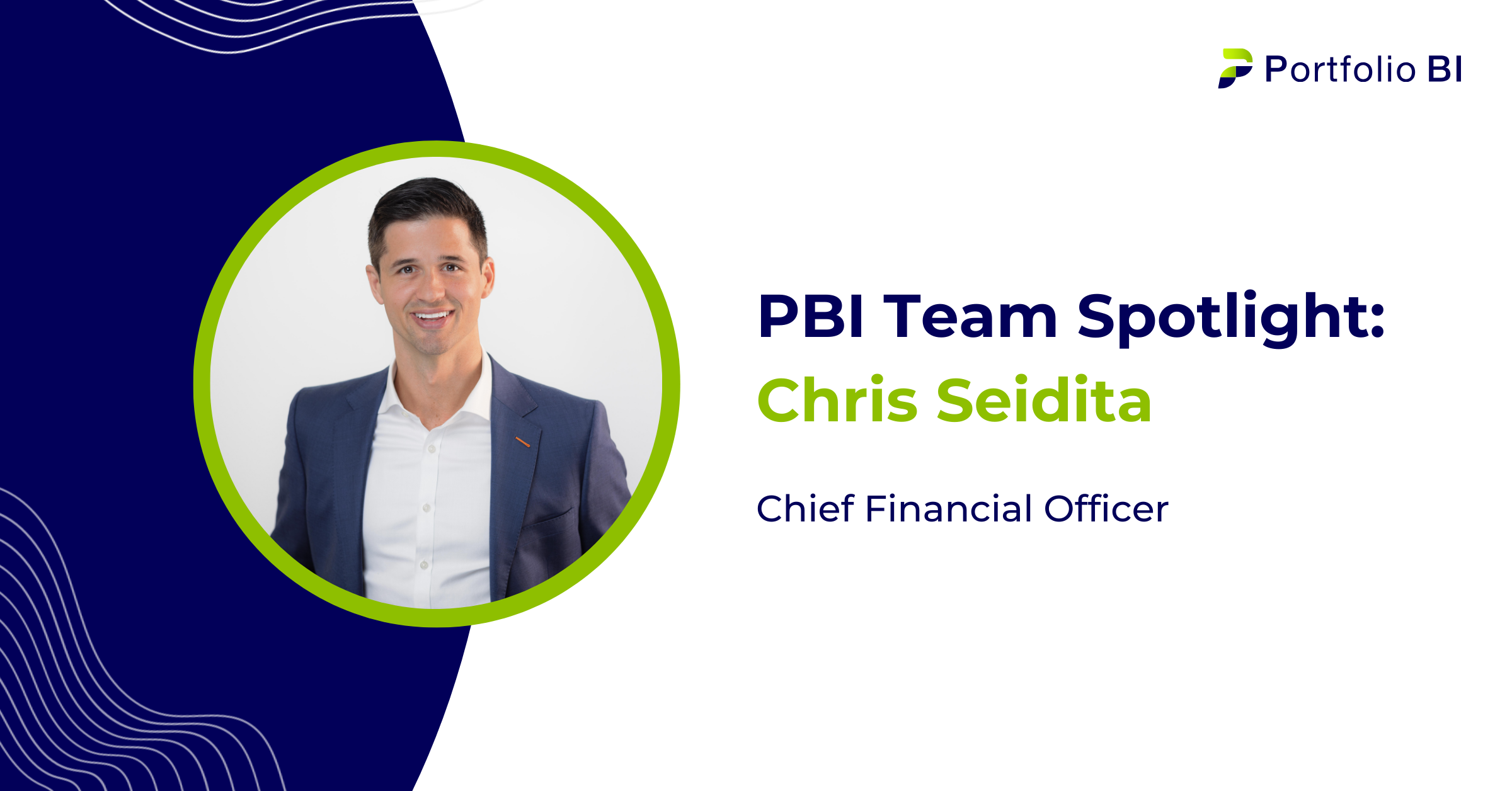By Chris Cattermole, Commercial Director
.
Over the past decade, we’ve seen a steady drive toward institutionalisation within the hedge fund industry. What began as a movement among startup funds seeking to enhance credibility with investors has now broadened significantly. Today, private debt funds, credit managers and other alternative investment vehicles are facing the same pressure: modernise your operations or risk falling behind.
In a market where investor scrutiny is only intensifying, operational robustness has become a key differentiator. It’s no longer just about fund performance – investors are asking deeper questions about how that performance is supported, governed and reported.
.
Excel alone isn’t enough anymore
Despite the evolution of investor expectations, many firms still lean heavily on Excel spreadsheets, macros and internally developed tools to manage complex reporting requirements. While these solutions may have served well in the past, they now present serious limitations.
Today’s investors want detailed reporting at a security level, transparency around capital calls, and insights into FX rate impacts – all delivered quickly, accurately and consistently. In too many cases, firms possess the raw data but lack the tools to access and present it in a timely and meaningful way. Manual processes simply can’t keep up.
.
Why firms hesitate to modernise
There are three recurring barriers to tech adoption in the alternative investment space:
- Time
- Resourcing
- Fear of the unknown.
For lean teams already operating at full capacity, implementing a new platform can feel like a time-consuming, even overwhelming, task. Many firms also have long-standing internal systems – often built and maintained by team members who understand them intimately – which makes the idea of changing course a genuine operational challenge.
In some cases, hesitation stems not from resistance to innovation, but from a need for reassurance that new systems will integrate smoothly and complement existing workflows, without introducing unnecessary disruption.
.
Turning pain points into performance gains
Rather than viewing modernisation as a disruption, we encourage firms to see it as a strategic enabler. The right platform doesn’t replace human expertise – it enhances it. By removing the friction of manual data handling and report generation, technology allows teams to focus on what truly drives performance: Insight, agility and high-quality decision-making.
We’re also seeing a growing trend of firms outsourcing non-core functions – such as the CTO role or elements of the operations team – in order to maximise internal focus on alpha generation. This strategic shift reflects a broader understanding that operational excellence underpins investment success.
As our CEO, Jonathan White, recently said: “The journey to operational excellence in portfolio management isn’t just about upgrading your tech stack. It’s about harmonising your people, processes, and external partnerships.”
That sentiment sits at the heart of how we operate at Portfolio BI.
.
Rethinking infrastructure as a value driver
Robust, scalable infrastructure is no longer a ‘nice to have’ – it’s a competitive advantage. Investors increasingly view operational maturity as a proxy for long-term reliability and risk management. In this environment, tech investment should be seen not as a cost, but as a catalyst for growth.
At Portfolio BI, our role is to help firms modernise with confidence – combining cutting-edge technology with a deep understanding of the practical realities our clients face. Because in the end, the firms that succeed will be those that treat operational resilience not as a checkbox, but as a cornerstone of alpha generation.
To learn more or find out how we can help your business to stay competitive, get in touch.



